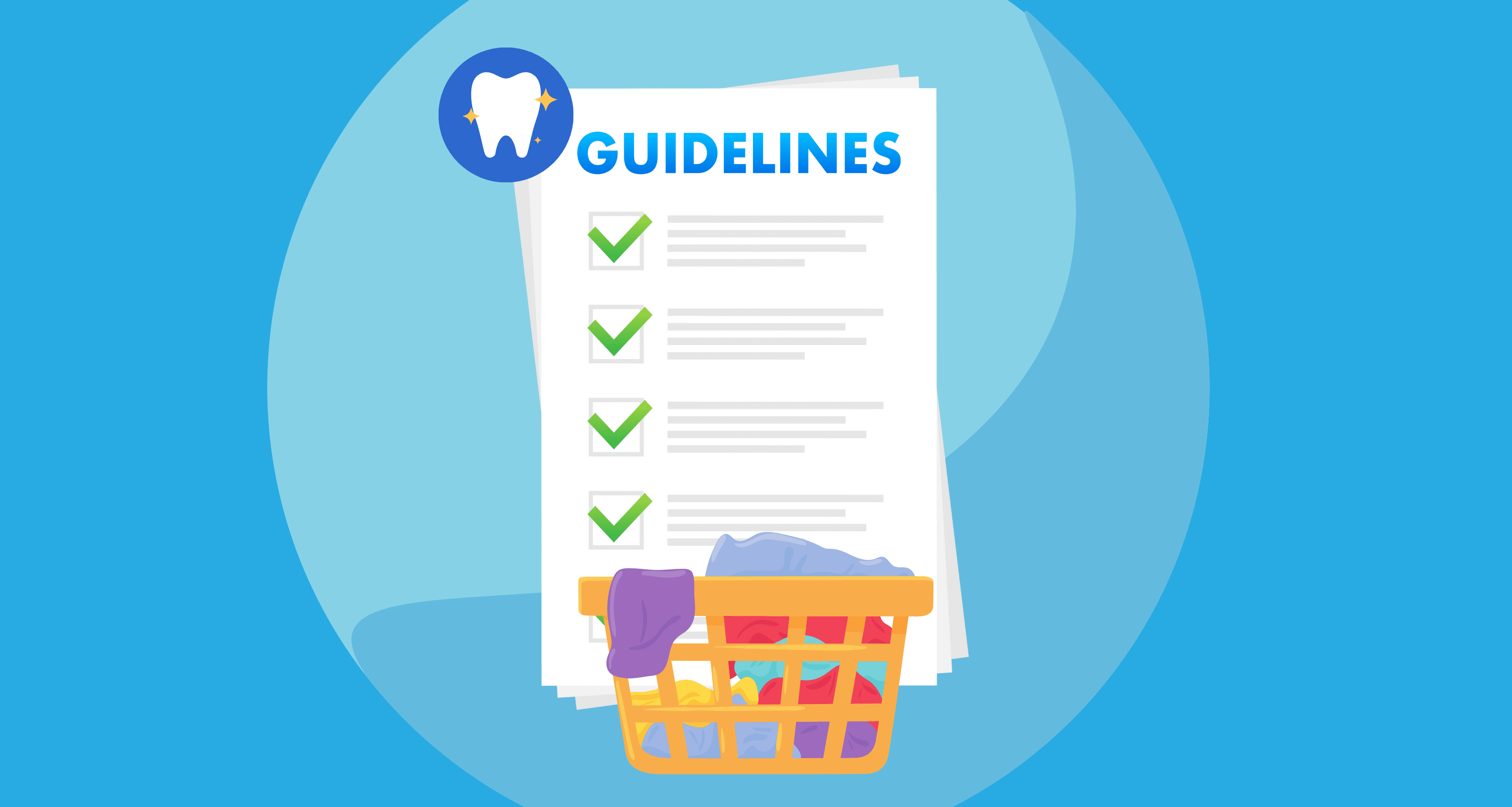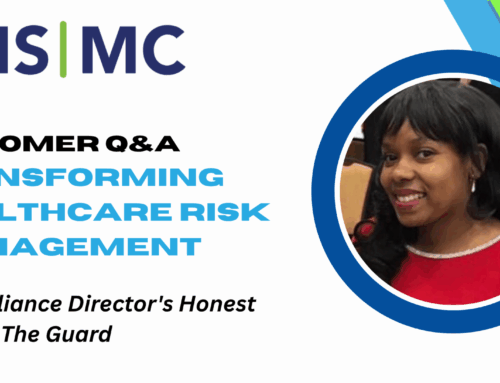
In healthcare facilities, where the well-being of patients is vital, every aspect of operations must adhere to strict guidelines. This includes laundry services, which serve a critical role in maintaining cleanliness and preventing the spread of infections. The Occupational Safety and Health Act (OSHA) has established specific regulations to ensure the safe handling and management of contaminated laundry in healthcare facilities.
Understanding OSHA Laundry Guidelines in Healthcare Facilities
OSHA has established comprehensive guidelines tailored to address laundry operations within healthcare settings. These guidelines aim to minimize the hazards of contaminated laundry while safeguarding employees and patients from exposure to harmful substances or pathogens.
1. Sorting & Collection: A Fundamental Step
The first step in adhering to OSHA guidelines for laundry involves proper sorting and collection procedures. OSHA contaminated laundry standards require all personnel involved in handling to receive appropriate training on how to segregate different types of soiled linen effectively. This includes separating infectious materials from non-infectious ones, such as blood-soaked linens or those potentially containing hazardous chemicals, to prevent exposure incidents.
2. Containment & Transport; Preventing Cross-Contamination
Once sorted, it is essential to store contaminated laundry in leak-proof containers or bags specifically designed for this purpose. These containers should be labeled properly with a biohazard symbol to alert individuals about potential risks associated with handling them. During transportation within facility premises, it is crucial to avoid contact between clean and soiled linens by using separate carts or vehicles.
3. Personal Protective Equipment (PPE): Shielding Against Hazards
To protect workers from exposure to contaminants during laundry operations, OSHA mandates the use of personal protective equipment (PPE). Employees engaged in handling soiled linen should wear:
- Gloves
- Masks
- Gowns
- Eye Protection
PPE minimizes the risk of direct contact with hazardous substances such as bloodborne pathogens and also prevents the inhalation of airborne pathogens.
4. Laundry Equipment & Facilities: Maintaining Cleanliness
Healthcare facilities must ensure OSHA laundry regulations for their equipment. They must meet OSHA guidelines to maintain cleanliness and prevent cross-contamination. Regular maintenance, cleaning, and disinfection of washers, dryers, and other laundry machinery are essential to eliminate any potential risks associated with contaminated surfaces. Adequate ventilation in the laundry area is also vital to reduce the concentration of airborne contaminants.
5. Training & Education: Empowering Staff
To effectively implement OSHA guidelines for laundry in healthcare facilities, thorough training and education programs are crucial. All employees involved in laundry operations should receive comprehensive training on:
- Infection Control Practices
- Proper Use of PPE
- Waste Disposal Procedures
- Emergency Response Protocols
- Overall Compliance with OSHA Regulations
By empowering staff with the necessary knowledge and skills, healthcare facilities can ensure a safer working environment for everyone involved.
Maintaining Hygiene and Safety: OSHA Laundry Guidelines Best Practices
While adhering to OSHA guidelines is a must, implementing additional best practices can further enhance safety and hygiene standards within healthcare facility laundry operations.
1. Adequate Ventilation
Ensuring proper ventilation in laundry areas helps minimize the buildup of dust particles and potentially harmful airborne contaminants. This can be achieved through the installation of exhaust fans or air filtration systems, providing a healthier environment for workers.
2. Routine Inspections
Regular inspections of laundry equipment, such as washing machines and dryers, can help identify any malfunctions or maintenance issues that can compromise their effectiveness. Prompt repairs or replacements can prevent delays in laundering processes while maintaining optimal cleanliness standards.
3. Storage Precautions
Clean linens should be stored in designated areas protected from potential contamination sources, such as chemicals or pests. Implementing strict storage protocols ensures that clean items remain uncontaminated until they are ready for use.
4. Communication & Collaboration
Promoting open communication channels between different departments within a healthcare facility is crucial for effective laundry management. Close collaboration between infection control teams, housekeeping staff, and laundry personnel enables seamless coordination and adherence to established protocols.
Meeting OSHA Guidelines for Laundry in Healthcare Facilities
By strictly adhering to OSHA laundry guidelines and best practices, healthcare facilities demonstrate their commitment to patient care while safeguarding the health and well-being of their employees. The implementation of these measures goes beyond mere compliance; it reflects an organization’s dedication to creating a culture of safety where every individual plays an active role in upholding the highest standards of cleanliness and hygiene in all aspects of their operations.









